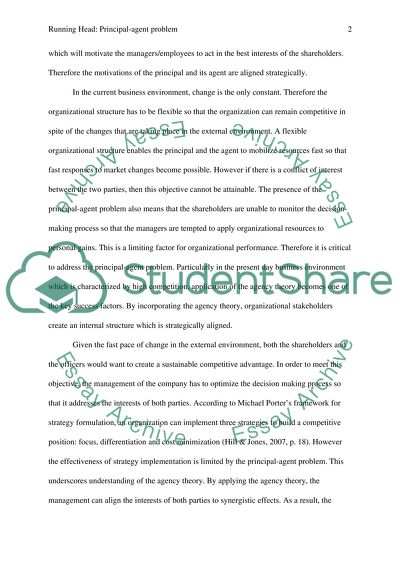Cite this document
(“Perceived managerial discretion and market competition Research Paper”, n.d.)
Retrieved de https://studentshare.org/finance-accounting/1390410-perceived-managerial-discretion-and-market-competition-principal-agent-problem
Retrieved de https://studentshare.org/finance-accounting/1390410-perceived-managerial-discretion-and-market-competition-principal-agent-problem
(Perceived Managerial Discretion and Market Competition Research Paper)
https://studentshare.org/finance-accounting/1390410-perceived-managerial-discretion-and-market-competition-principal-agent-problem.
https://studentshare.org/finance-accounting/1390410-perceived-managerial-discretion-and-market-competition-principal-agent-problem.
“Perceived Managerial Discretion and Market Competition Research Paper”, n.d. https://studentshare.org/finance-accounting/1390410-perceived-managerial-discretion-and-market-competition-principal-agent-problem.


